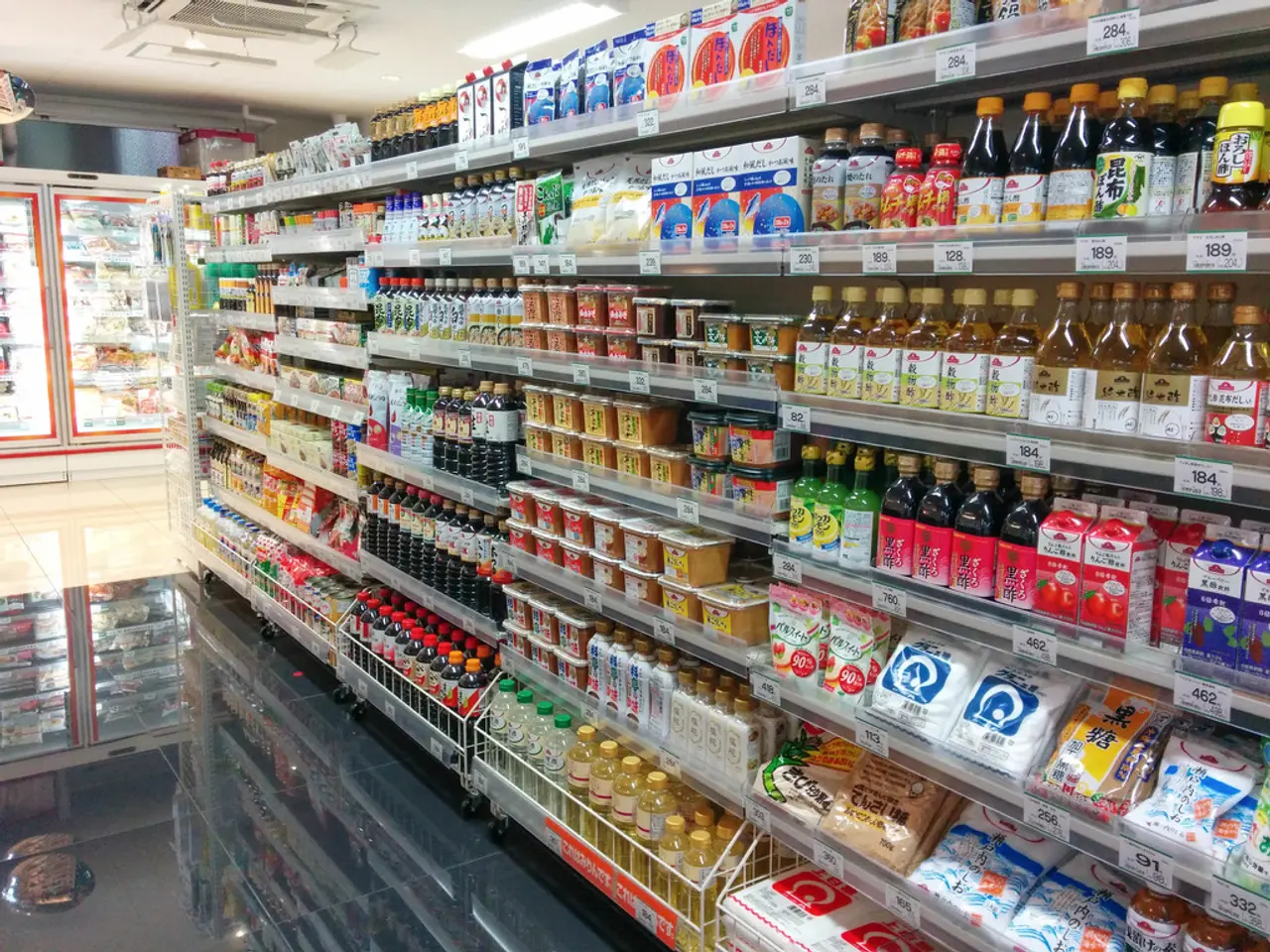Navigating Trade Disruptions through the Cynefin Framework, Artificial Intelligence, and Optimization Strategies.
In today's complex and rapidly changing world, global supply chains face numerous challenges. From extended networks of suppliers to the impact of regional disruptions and geopolitical tensions, these intricate systems are more vulnerable than ever. However, Chief Supply Chain Officers (CSCOs) are turning to innovative solutions to create more robust, adaptive networks that can thrive amid uncertainty.
One such solution is the integration of Artificial Intelligence (AI) and Optimization technologies. These tools can help detect emergent patterns, simulate diverse responses, and learn from feedback, enabling companies to forecast disruptions and adapt accordingly.
AI plays a crucial role in helping companies detect new patterns and analyse structured data. By analysing this data, AI can support expert-driven models, recommend adjustments, and even reroute cargo to avoid sudden tariffs and reprioritise shipments. The average tariff rate, which recently reached 22.5%, the highest since 1909, underscores the importance of such technologies.
Moreover, AI and Optimization can automate duty classification, spend category assignment, and reorder point triggers, streamlining operations and reducing costs. AI can also support immediate response choices under constraints, providing essential decision-making support in chaotic situations.
To address the complexities of global supply chains, CSCOs are adopting several strategic approaches. One of these is designing supply chains for resilience, which involves building flexibility, redundancy, and agility into the system. This allows companies to better respond to disruptions and changing market demands.
Another strategy is to strengthen supplier relationships. By cultivating collaborative partnerships, CSCOs can improve visibility, share risks, and support mutual development. Continuous monitoring of supplier performance is also key to anticipating and mitigating risks.
Leveraging technology is another crucial aspect of this transformation. Investing in tracking and tracing systems, predictive analytics, cloud-based platforms, and advanced Industry 4.0 technologies can enhance supply chain collaboration, responsiveness, and operational efficiency.
Diversifying and localising supply sources is another strategy. By building a diverse pool of reliable suppliers across different regions, companies can avoid overreliance on any single country or supplier. Nearshoring or reshoring can also reduce lead times and geopolitical risks.
Building and managing backup inventory is another important strategy. Maintaining strategic inventory buffers can help mitigate the impact of supply interruptions and uneven demand.
Lastly, embracing sustainable and eco-efficient practices can improve operational performance and competitive advantage in the emerging circular economy.
In the face of complications, chaos, and complexity, supply chain leaders should act swiftly, build buffers, reroute shipments, and stabilise before assessing. The path forward for these leaders is the development of a new kind of leadership capability called "The Adaptive Supply chain".
With 75% of businesses reporting financial strain due to trade barriers, it is clear that these strategies are necessary. Consumers have faced a 2.2% price increase due to tariffs, underscoring the need for supply chain resilience.
Nari Viswanathan, Sr. Director of Product Segment Marketing at Coupa, emphasises the importance of these strategies. "By adopting these approaches, CSCOs can transform brittle global supply chains into more robust, adaptive networks capable of thriving amid uncertainty and disruption," he says.
In conclusion, the integration of AI and Optimization technologies, along with strategic approaches such as designing supply chains for resilience, strengthening supplier relationships, leveraging technology, diversifying and localising supply sources, building and managing backup inventory, and embracing sustainable practices, can help transform global supply chains into more adaptive networks capable of withstanding the challenges of today's volatile market.
- Artificial Intelligence (AI) is being utilized by companies to analyze structured data, detect new patterns, and recommend adjustments, including rerouting cargo to avoid sudden tariffs and reprioritizing shipments.
- AI and Optimization technologies can also automate duty classification, spend category assignment, and reorder point triggers, streamlining operations and reducing costs.
- To address the complexities of global supply chains, Chief Supply Chain Officers (CSCOs) are adopting strategic approaches such as designing supply chains for resilience and diversifying and localizing supply sources.
- In the face of financial strain due to trade barriers and the need for supply chain resilience, Nari Viswanathan emphasizes the importance of adopting these strategies to transform global supply chains into more robust, adaptive networks capable of thriving amid uncertainty and disruption.




